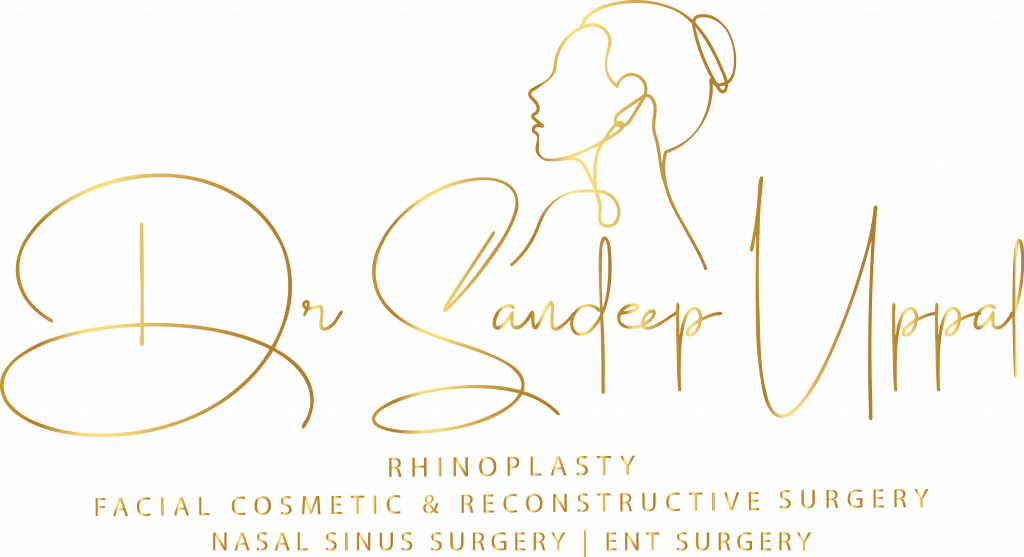Vestibular Evoked Myogenic Potential (VEMP) testing
Vestibular Evoked Myogenic Potential (VEMP) testing is a specialized diagnostic tool that Dr Sandeep Uppal and his team at The ENT Clinic frequently use for assessing the integrity of specific parts of the vestibular (balance) system. VEMP testing can offer invaluable insights into the functioning of the saccule and the inferior vestibular nerve, as well as the utricle, depending on the type of VEMP test conducted.
TYPES OF VEMP TESTS
CERVICAL VEMP (CVEMP)
Details: Evaluates saccular function and the inferior vestibular nerve.
Procedure: A loud sound stimulus, usually a click or a tone burst, is delivered to one ear via headphones, while the patient’s neck muscle responses are monitored through electrodes placed on the skin over the sternocleidomastoid muscle.
OCULAR VEMP (OVEMP)
Details: Primarily used to assess the utricle and the superior vestibular nerve.
Procedure: Similar to cVEMP but the electrodes are placed below the eyes, and the eye muscles’ responses are recorded.
UTILITY IN DIAGNOSIS
INTERPRETATION
Normal Response: Indicates that the vestibular organs and pathways are functioning well.
Abnormal Response: Could suggest a dysfunction at some point along the vestibular pathway, such as a damaged saccule, utricle, or vestibular nerve.
DIFFERENTIATING PERIPHERAL VS. CENTRAL ISSUES
Details: A normal VEMP result often indicates that the peripheral vestibular system, which includes parts of the inner ear and vestibular nerve, is functioning correctly. An abnormal result, when correlated with other diagnostic findings, could suggest a central nervous system issue, such as a brainstem disorder or cerebellar pathology.
Significance: Helps in tailoring the treatment approach by identifying the origin of the problem.
MÉNIÈRE’S DISEASE
Details: VEMP testing can show hyper-responsive or diminished reflexes in the affected ear, which may indicate endolymphatic hydrops—a condition where there is an excess of fluid in the inner ear.
Significance: Helps in confirming the diagnosis and may influence the choice of surgical procedures like endolymphatic sac decompression.
VESTIBULAR NEURITIS
Details: An abnormal VEMP test might indicate an issue with the inferior vestibular nerve, which is often involved in vestibular neuritis.
Significance: The test aids in determining whether vestibular neuritis is the cause of vertigo and whether the neuritis is affecting the saccule and its connecting nerve.
SUPERIOR CANAL DEHISCENCE
Details: Patients with this condition often exhibit abnormally low VEMP thresholds or heightened amplitudes, suggesting increased sensitivity of the vestibular reflexes.
Significance: It provides valuable diagnostic information, which could be corroborated with imaging studies for a definitive diagnosis.
ADVANTAGES
Non-invasive: One of the key benefits of VEMP testing is that it does not require any surgical procedures or injections, making it a low-risk option.
Speed: The test can be completed relatively quickly, often within 30 to 60 minutes, which is beneficial for patient comfort.
Specificity: VEMP can specifically target different components of the vestibular system, such as the saccule and utricle, providing targeted diagnostic information.
LIMITATIONS
- Hearing Loss: The test may not be useful in individuals with significant hearing loss, as an adequate auditory stimulus is required.
- Patient Cooperation: The test requires the patient to maintain certain postures and muscle contractions, which may be difficult for some individuals.
By incorporating VEMP testing into their diagnostic arsenal, Dr Sandeep Uppal and his team at The ENT Clinic are able to offer comprehensive evaluations for patients suffering from balance disorders and vertigo. This allows them to create highly tailored treatment plans aimed at addressing the root causes of these conditions.


